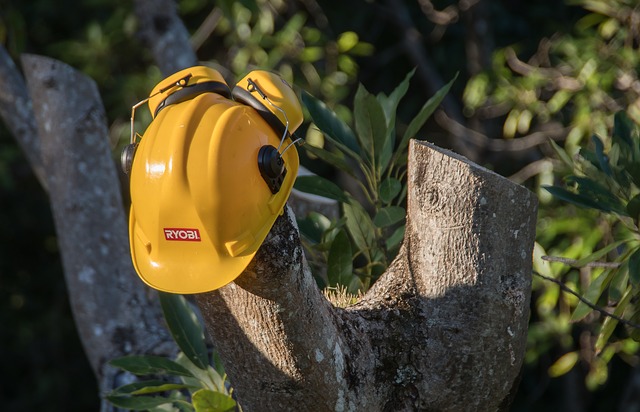Those of you who have been following me for a while have heard me mention this thing called Psychological Health & Safety…but what the heck is it?
Put simply…it’s our mental health. And how safe we feel being human and showing up in our communities, in our families and our workplaces regardless of our level of well-being on the scale from terrible to awesome.
I do believe our mental well-being appears on a scale and where we are on that scale will fluctuate day-to-day…sometimes, minute-to-minute 🙂
One of the leading thinkers and researchers in this space is Amy Edmonson and in her book, The Fearless Organization, she defines psychological safety as “the belief that the work environment is safe for interpersonal risk factors”. I interpret that to mean that the workplace is somewhere we can show up and be ourselves, respectfully and without judgement.
A place where we feel heard, valued and included, where we contribute our best work to the collective good.
It isn’t about being nice…it’s about being candid and authentic, with integrity.
It’s not just about psychological health & safety in the workplace either – this thinking applies to all places in our lives…our families, our communities and our world.
So, what can we do to support increased levels of psychological health & safety in our workplace? Here are five ideas but I’d love to hear others you have in mind.
- Approach conflict as a collaborator, not an adversary. Uncomfortable conversations are going to happen so if we can approach these with an open mind with an end towards collaboration instead of confrontation, we’re going to be successful in creating a psychologically safe space.
- Speak human to human. I know it sounds like common sense to say that we’re all human but in the heat of the moment, it’s sometimes easy to forget. We all come into interactions with our own set of perceptions, life experiences and motivations and we don’t intend to offend.
- Anticipate reactions and plan countermoves. Planning for potential outcomes ahead of tough conversations or important meetings can go a long way towards creating a psychologically safe space. Proactively considering how your listeners will respond can make for a successful outcome.
- Replace blame with curiosity. I really believe curiosity has the power to change the world – well, that and compassion which really go hand-in-hand. Ask questions, stay open-minded and curious. And most importantly, listen to the answers. Stay present in the conversation, both mind and body, to hear and understand what the speaker is trying to say.
- Ask for feedback on delivery. And finally, ask for feedback. For most of us, these concepts are new. Treating each other fairly and respectfully isn’t new of course but consciously recognizing how we can create a psychologically safer workplace could be new. So, check in with each other – it’s a great way to learn, adjust and grow.
You’re going to hear a lot more on this topic in the coming weeks. Helping individuals and organizations increase levels of psychological health & safety in the workplace is a big focus area for me in 2020. I don’t think there’s anything more important than feeling safe and whatever I can do to help our families, our workplaces and our communities increase safety, I’m in.
(Special thanks to my friend, Ashlee, for the research and references!)

